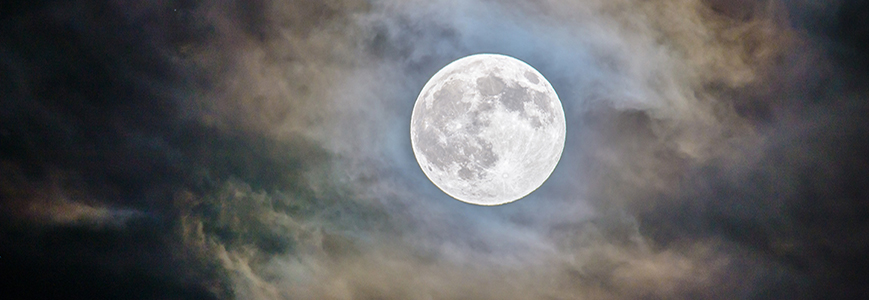Catching Moonlight, for Science!

Turns out nobody knows exactly how bright the Moon is...but that could change soon.
Space-based cameras look down at the Earth to help people track the weather, the health of crops, the locations of harmful algal blooms, and much more. These Earth imagers are vital for predicting famines and floods, and for helping communities plan emergency response and disaster relief.
Typically, these cameras work by measuring the colors and brightness of reflected sunlight. To make sure that one satellite imager’s “green” isn’t another’s “yellow,” each camera is calibrated—in space—against a common source. The Moon makes a convenient target because, unlike Earth, it has no atmosphere and its surface changes very little.
The trouble is that, for all the songs written about the light of the silvery Moon, it’s still not understood exactly how bright the Moon’s reflected light is, at all times and from all angles. Really knowing how bright the Moon is—with uncertainties of much less than 1 percent—would reduce the need for complicated workarounds, which would ultimately save money.
So NIST is setting out to take new measurements of the Moon’s brightness. Researchers hope they will be the best measurements to date.
“Brightness” here refers to the amount of sunlight reflecting off the surface of the Moon. To capture the moonlight, researchers will use a small telescope to collect a wide range of light, everything from ultraviolet radiation (light with a relatively short wavelength of 350 nanometers, or billionths of a meter) through the visible spectrum and into the short-wave infrared (light with a relatively long wavelength of 2.5 micrometers, or millionths of a meter).
To get as much unadulterated moonlight as possible, the experiment is scheduled to start taking measurements this year in Hawaii at the Mauna Loa Observatory. Sitting at about 3,300 meters (11,000 feet), on one of the world’s largest volcanoes, the planned site is above much of the distorting influence of Earth’s atmosphere.
Though the experiment will take years to complete, researchers think that even early data will be useful right away, as a check against the current system used to calibrate space cameras. Earth-facing imagers that could benefit from this work include the Landsat series, GOES-16, the recently launched NOAA-20, and dozens of commercial satellites.
Contacts
-
PML webmaster

